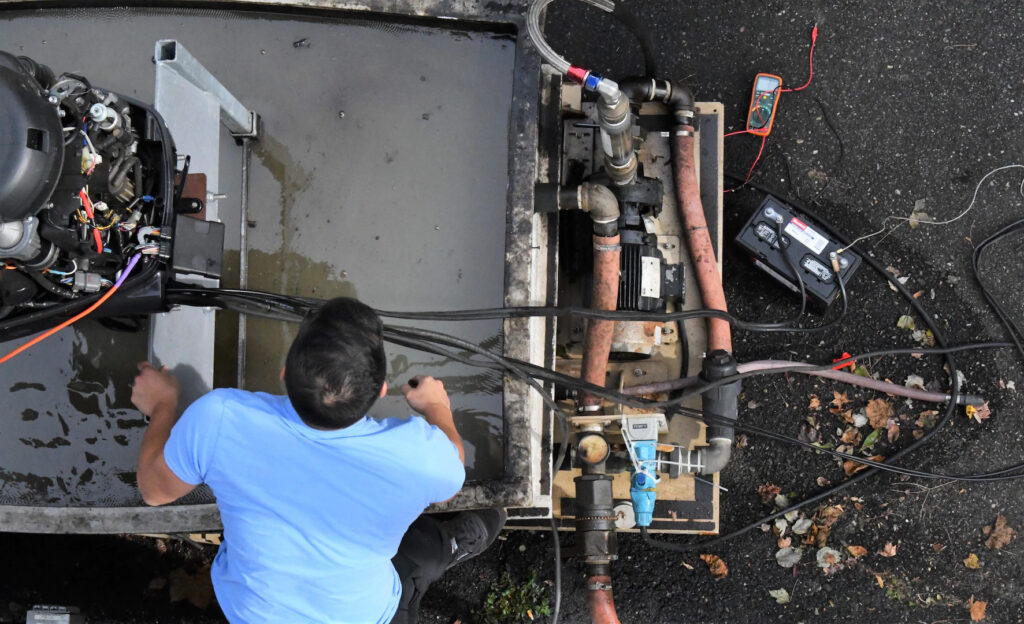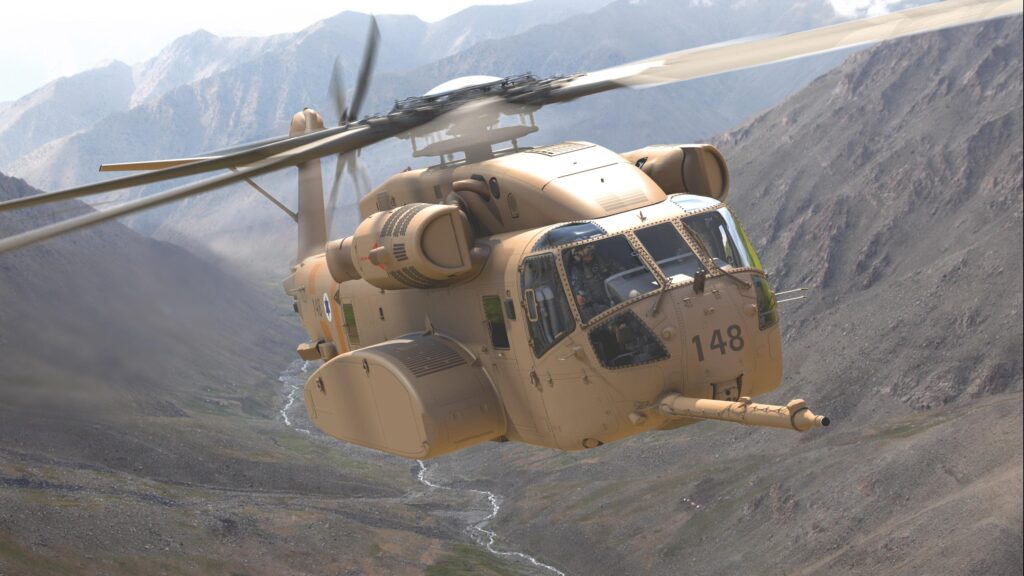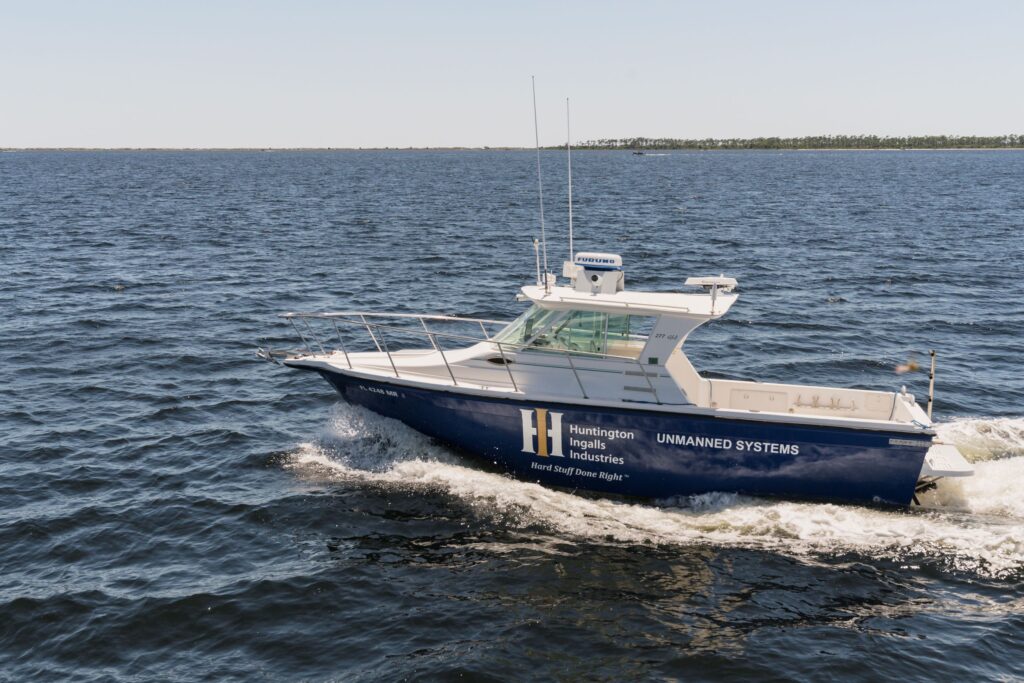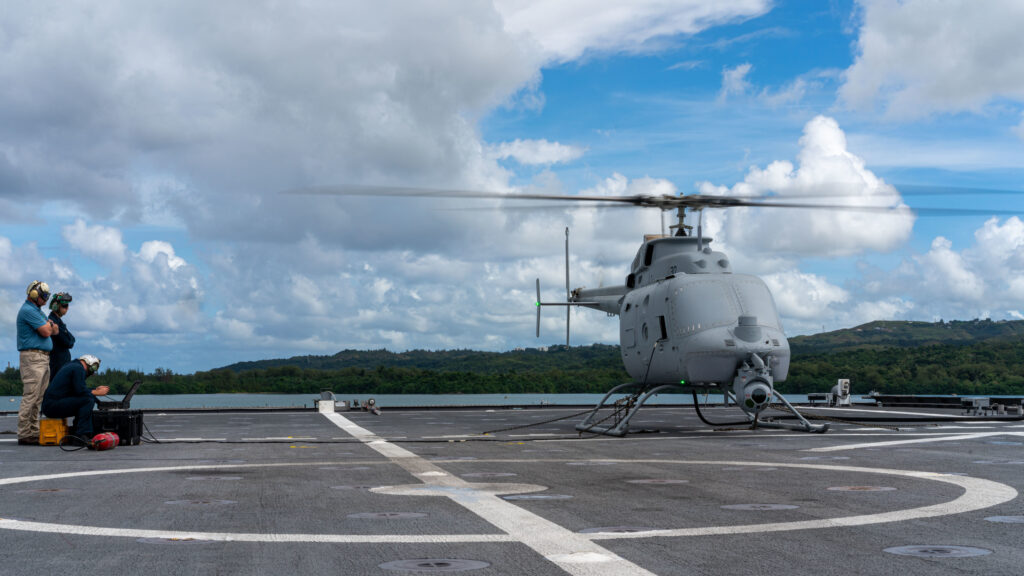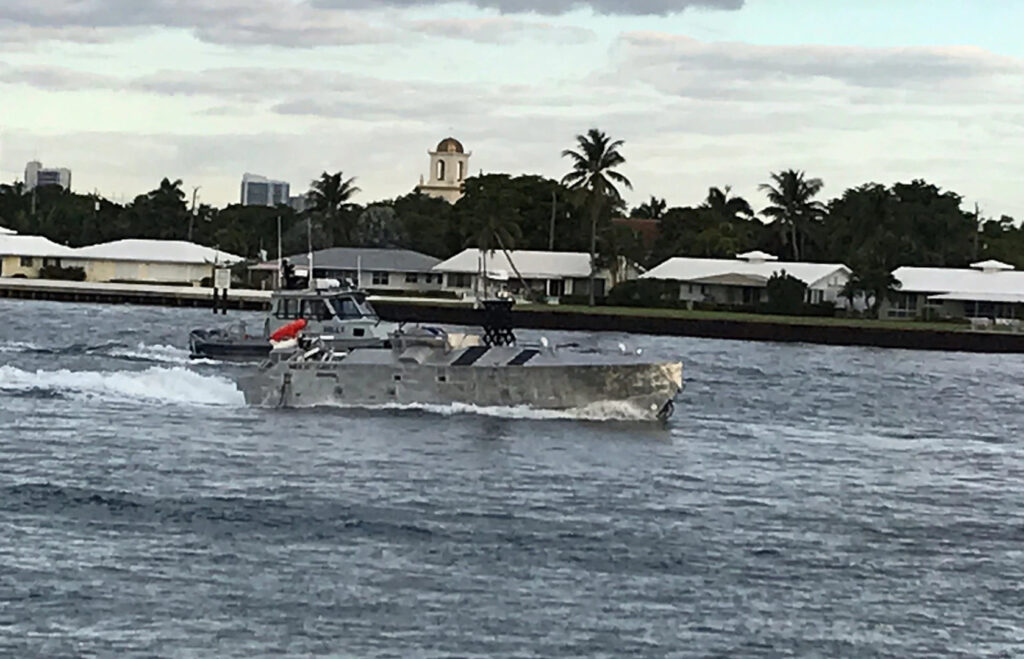Aegis Going Through Substantial Digital Transformation, Lockheed Martin Says

ARLINGTON, Va. — The Aegis Combat System is going through substantial digital transformation as its processing speed is increased and more sensors and weapons are integrated with it, a Lockheed Martin official said.
The Aegis Combat System’s “relevance to the fleet has never been greater,” said Jon Rambeau, Lockheed Martin’s vice president and general manager for Integrated Warfare Systems and Sensors, in an interview with Seapower.
Rambeau, who formerly worked with the company’s Acoustic Rapid Capability Insertion programs to periodically and rapidly upgrade U.S. Navy submarine sensor capabilities through software refreshes, is now continuing the same concept with Aegis.
The company is implementing automated test capabilities for Aegis. Rambeau cited the implementation of those on Baseline 10 version as “the most comprehensive evolution of Aegis we’ve ever undertaken. … So, we we’ve automated about 20,000 of our software test procedures as part of our Baseline 10 efforts to try to improve our efficiency and speed of capability to the fleet.”
He said the company is “working to implement model-based engineering processes across the board with the goal of getting the same quality product we’ve always delivered but getting that to the fleet much more rapidly. So, we’re focused on speed of capability to make sure we’re keeping the fleet relevant.”
In a broader perspective, Rambeau said the company is working to focus its culture on creating an environment where government, small business and academia can integrate efforts with the company to work seamlessly across the Aegis enterprise. He credited the work of the Forge, a Navy software development “ecosystem” activity designed to field advanced capability more rapidly, and said the company is working to be positioned to receive the capabilities developed by the Forge “and make sure we’re bring the systems engineering rigor and the collaboration to support the responsible integration of those capabilities into the Aegis baseline.”
Rambeau also said the company is working to keep Aegis relevant by integrating future hard-kill and soft-kill capabilities, including that of reducing the cost per kill of systems to defeat ballistic and hypersonic missiles. He cited the company’s HELIOS laser weapon system, which is the first laser weapon system integrated with Aegis and is going through its first installation on the Arleigh Burke-class guided missile destroyer USS Preble.
